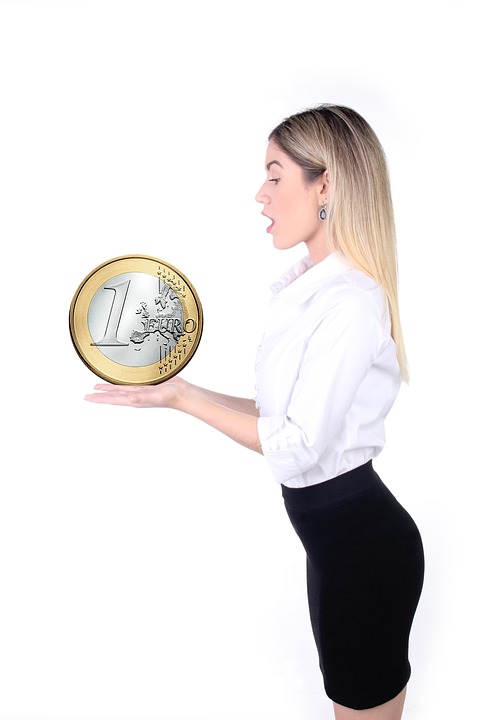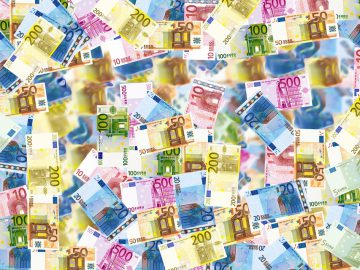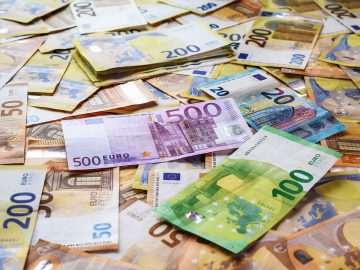The concept of a tokenised economy goes beyond just tokenising money and assets. “Once money and assets are tokenised, another key feature of this particular economy comes into play: programmability”, says Sabih. “That means that payments can occur automatically, when certain conditions are fulfilled. For example, when a car enters a low emission zone, it could trigger an automatic payment.”
Using the example of a taxi ride, Sabih explains that this kind of programming can be used for much more complex flows of money. “Imagine paying a 50 dollar taxi fare and the banks could programme that payment to trigger an automatic decision about where to direct the money”, Sabih says. “Part of the money would go instantly to the taxi company and could be transferred to different accounts for taxes, insurances and maintenance, for example. A further agreement could be made to make an instant payment straight to the taxi driver and – if they so choose – to a separate savings account where they are putting money aside for a longer holiday. The example demonstrates that in the tokenised economy we can make money smart.”






